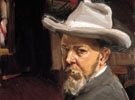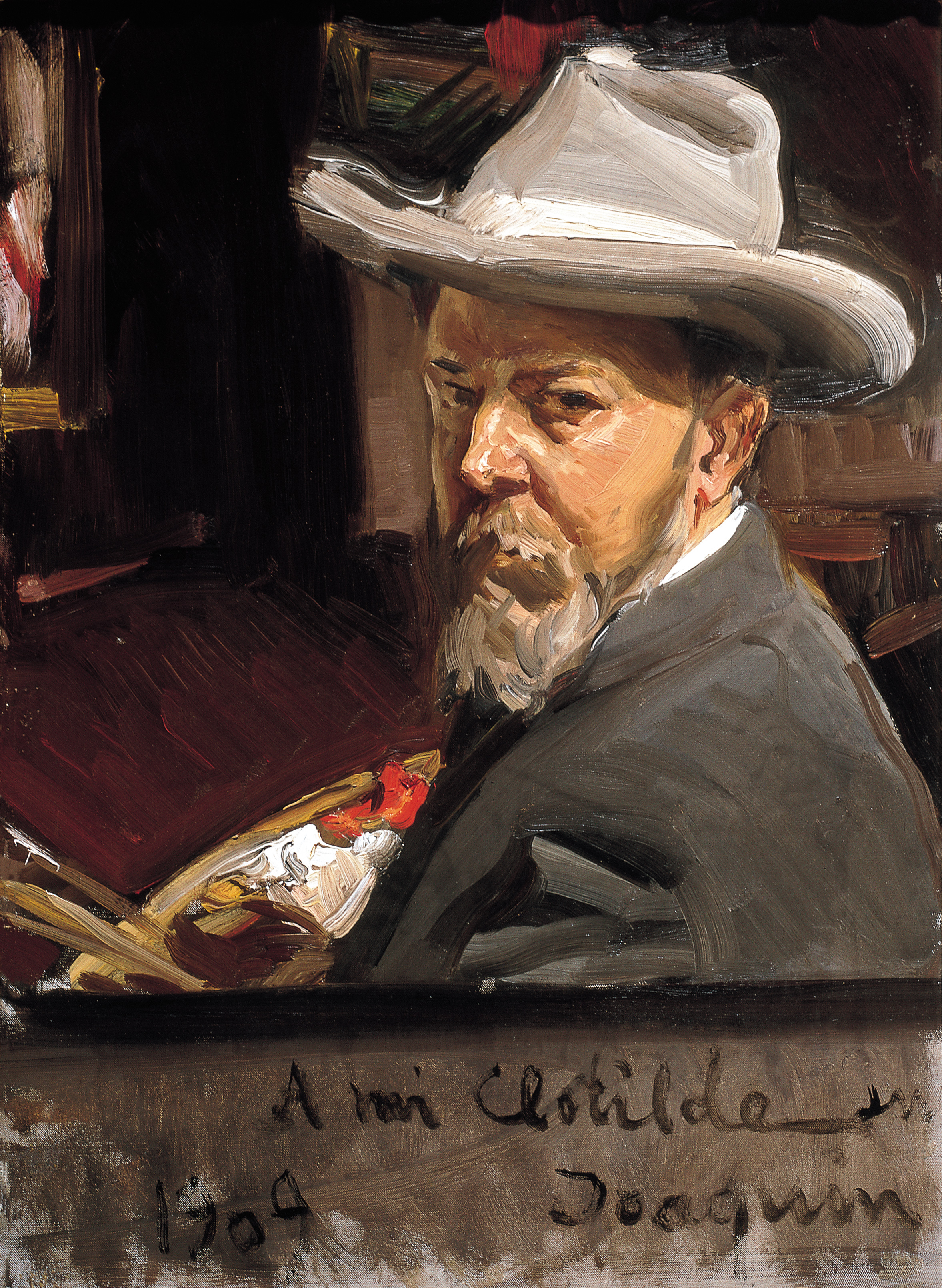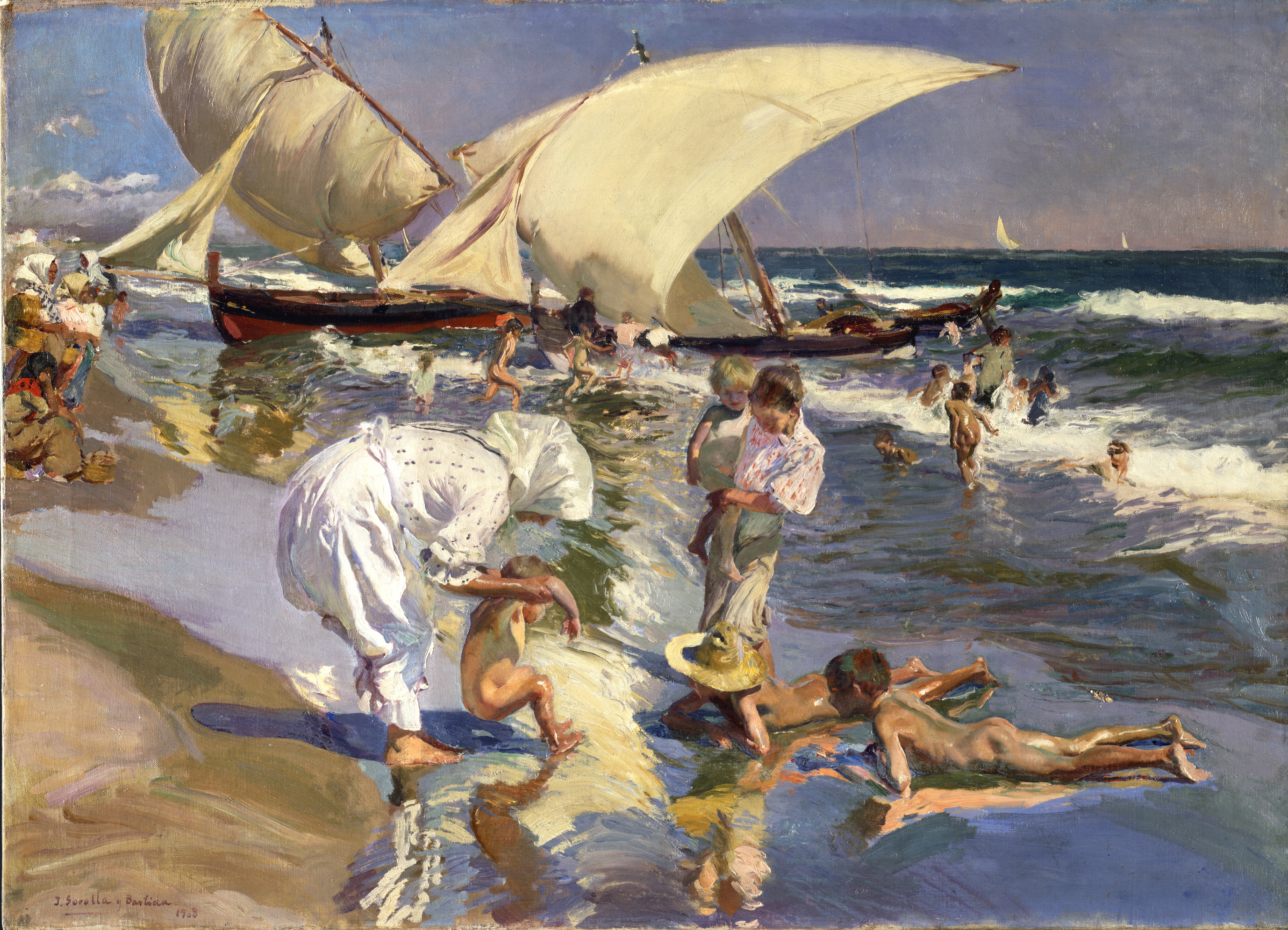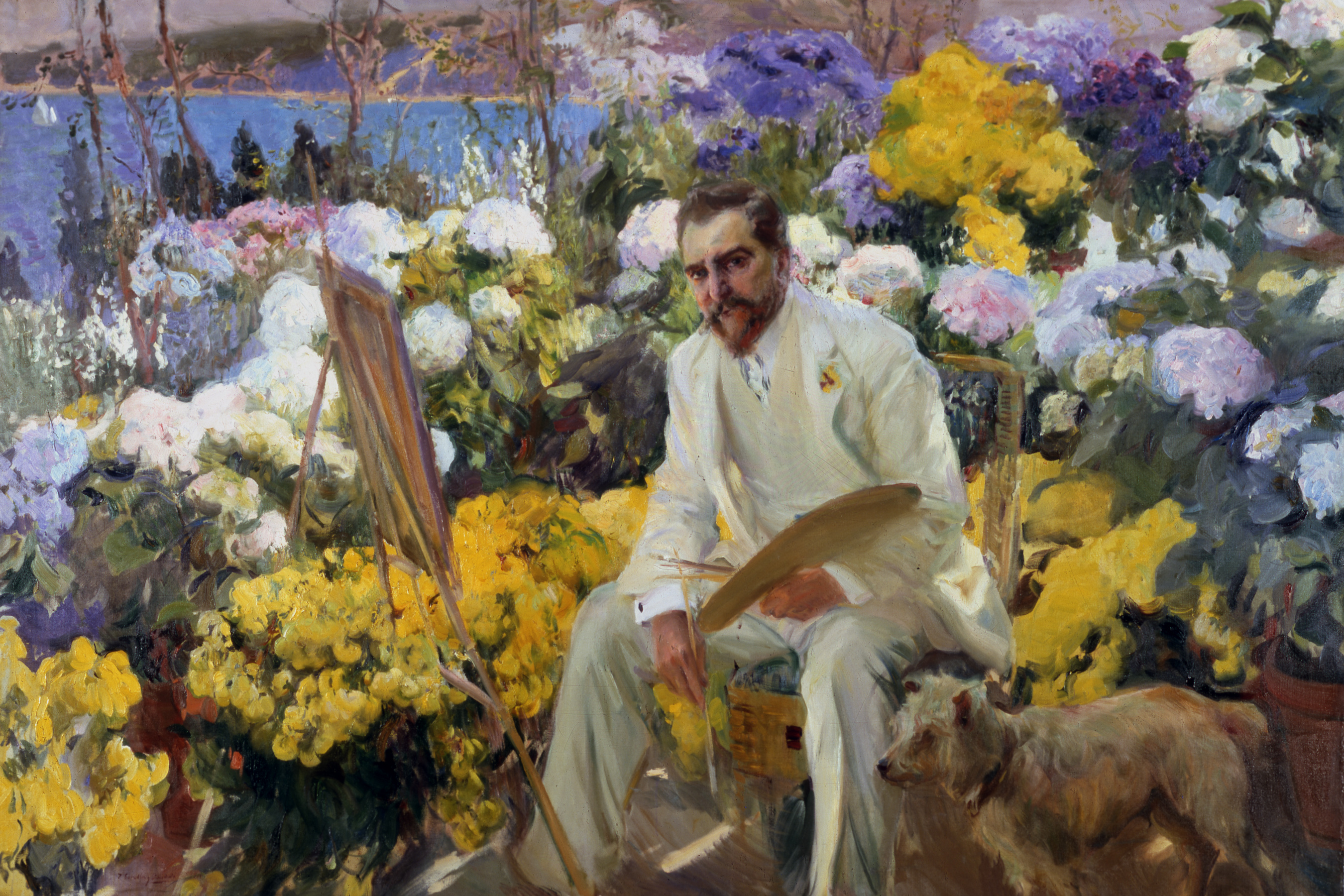'Sorolla and America ' ends its run at the Meadows Museum on April 19
'Sorolla and America' is the first retrospective of Spanish impressionist Joaquín Sorolla.

DALLAS (SMU) — Sorolla and America, the first retrospective of work by Spanish Impressionist Joaquín Sorolla to focus on the impact the artist had in the United States, ends its run at SMU's Meadows Museum on Saturday, April 19.
 Self-Portrait, 1909, by Joaquín Sorolla y Bastida (Spanish, 1863-1923), oil on canvas. Madrid, Museo Sorolla, 840. |
The exhibition features nearly 160 works by Sorolla, including several of his most iconic paintings, as well as works that were purchased during the artist’s lifetime and have never been exhibited publicly.
Sorolla and America will next travel to the Meadows’ partners at The San Diego Museum of Art and Fundación MAPFRE, Madrid.
Sorolla was internationally acknowledged in the late 19th and early 20th centuries as one of the foremost Spanish painters, and rose to acclaim in America following major exhibitions of his work in the United States in the early 20th century. Those exhibitions were organized with the help of Archer Milton Huntington—founder of The Hispanic Society of America—who became acquainted with Sorolla in London in 1908. The public response to these exhibitions was unprecedented; the first exhibition Huntington arranged in New York in 1909 drew more than 150,000 visitors in one month. Later that year, that same exhibition traveled to Buffalo to the museum now known as the Albright-Knox Art Gallery, and to the Copley Society of Art in Boston. It also inspired a second exhibition, which traveled in 1911 to the Art Institute of Chicago and St. Louis Art Museum.
The enthusiastic reception of Sorolla’s work led to a series of portrait commissions for the artist from notable Americans including President William Howard Taft and Louis Comfort Tiffany. Because those commissions and a large portion of the work Sorolla produced for the American exhibitions quickly entered private collections, much of it has gone undocumented. Blanca Pons-Sorolla—great- granddaughter of the artist and guest curator of Sorolla and America—has worked for decades to locate these paintings and portraits. The exhibition will feature more than one hundred works that have not been publicly exhibited since they were presented in the U.S. during Sorolla’s lifetime, including more than forty works that will be publicly displayed for the first time. Together, the works offer an exceptional insight into how Sorolla inspired, and was inspired by, America.
“Based in the United States and with strong ties to Spain, the Meadows Museum is uniquely well suited to present the first exhibition examining the reciprocal influence Sorolla had on America and America had on Sorolla,” said Mark A. Roglán, The Linda P. and William A. Custard Director of the Meadows Museum and Centennial Chair in the Meadows School of the Arts. “The research Blanca Pons-Sorolla has done to uncover works that have survived in private homes, coupled with our own collection of Sorolla works, will allow us to present the pivotal artist in a way no one has seen him in the last century.”
 Valencia Beach: Morning Light, 1908, by Joaquín Sorolla y Bastida (Spanish, 1863-1923), oil on canvas. The Hispanic Society of America, A2137. |
The exhibition is arranged thematically and features works representing the full range of subjects and styles for which Sorolla was renowned, including: social realism, portraits, beach scenes, gardens and landscapes, history paintings, oil sketches, drawings, and studies for decorative murals.
Each work in the exhibition was either created in America, exhibited in America, or sold in America during Sorolla’s lifetime.
Sorolla and America features works from many notable U.S. collections—including The Hispanic Society of America, the Metropolitan Museum of Art, the Philadelphia Museum of Art, the Art Institute of Chicago, the Museum of Fine Arts Boston, the J. Paul Getty Museum, and the private collection of the U.S. Department of State—as well as five Sorolla works from the Meadows’ collection. In addition to American loans, works from Mexico, Spain and other European countries will complete the exhibition.
Highlights include:
- Another Marguerite! (¡Otra Margarita!), 1892, a dark, but monumental canvas depicting a young woman accused of suffocating her child. Sorolla submitted the work to the World’s Columbian Exhibition in Chicago in 1893, where the painting received a Medal of Honor. This was the first work by Sorolla to enter an American museum (Washington University in St. Louis—now the Mildred Lane Kemper Art Museum).
- Sad Inheritance (¡Triste herencia!), 1899, one of Sorolla’s most iconic works, which earned the highest awards at the Universal Exhibition in Paris in 1900 and Spain’s National Exhibition in 1901 and, together with Another Marguerite! set the stage for his introduction to the American patrons who would eventually bring his work to the United States.
- Valencia Beach: Morning Light, 1908, was originally on view at The Hispanic Society of America in 1909 and later purchased by the institution. Sorolla’s luminous beach views were all painted in situ—as opposed to in the studio—and Sorolla received numerous accolades in the press and in scholarly articles for his technique.
- Portrait of William Howard Taft, President of the United States of America (El Presidente de los Estados Unidos William Howard Taft), 1909, the first portrait ever painted of the 27th President of the United States.
-
Portrait of Louis Comfort Tiffany, 1911, was painted at Tiffany’s country estate on Long Island just days before Sorolla departed America. Painted in the estate’s gardens, the work exemplifies Sorolla’s preference to paint outdoors.
Portrait of Louis Comfort Tiffany, 1911, by Joaquín Sorolla y Bastida (Spanish, 1863-1923), oil on canvas. The Hispanic Society of America, A3182. - A series of nearly two dozen casual sketches Sorolla made on the backs of paper menus while he was in New York City and Chicago reveal his interest in the residents of those cities.
- Christopher Columbus Leaving Palos, Spain, 1910, one of the largest and most important commissions by business magnate Thomas Fortune Ryan; Sorolla traveled to Spain to research the subject and based the portrait on one of Columbus’ descendants.
The 320-page catalogue for Sorolla and America published by Ediciones El Viso will, for the first time, include a complete list of all works exhibited, created and sold in America during the artist’s lifetime, including works that have yet to be located. The catalogue will be edited by Blanca Pons-Sorolla and Mark A. Roglán and will include essays by M. Elizabeth Boone (University of Alberta), Mitchell Codding (The Hispanic Society of America), Maria López Fernández (Fundación MAPFRE), David Ruiz López (Museo Sorolla), Roxana Velásquez (The San Diego Museum of Art).
This exhibition has been organized by the Meadows Museum, SMU, The San Diego Museum of Art, and Fundación MAPFRE. The contributions of The Hispanic Society of America have been crucial to the success of this exhibition. A generous gift from The Meadows Foundation has made this project possible.
About the Meadows Museum
The Meadows Museum is the leading U.S. institution focused on the study and presentation of the art of Spain. In 1962, Dallas businessman and philanthropist Algur H. Meadows donated his private collection of Spanish paintings, as well as funds to start a museum, to Southern Methodist University. The museum opened to the public in 1965, marking the first step in fulfilling Meadows’ vision to create a “Prado on the Prairie.”
Today, the Meadows is home to one of the largest and most comprehensive collections of Spanish art outside of Spain. The collection spans from the 10th to the 21st century, and includes medieval objects, Renaissance and Baroque sculptures, and major paintings by Golden Age and modern masters. Since 2010 the Museum has been engaged in a multidimensional partnership with the Prado, which has included the exchange of scholars, exhibitions, works of art, and other resources.
# # #
